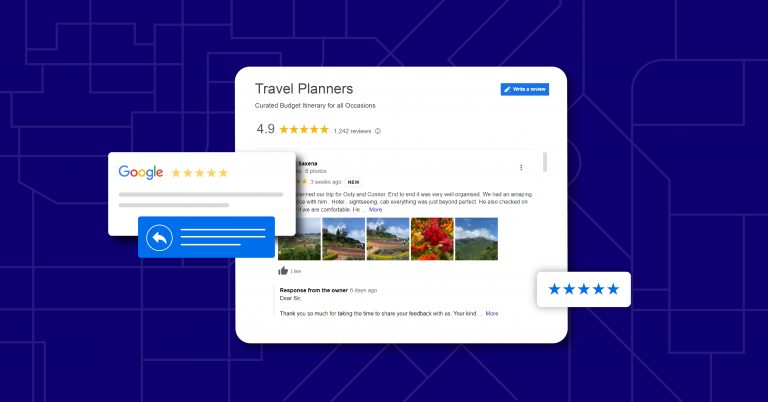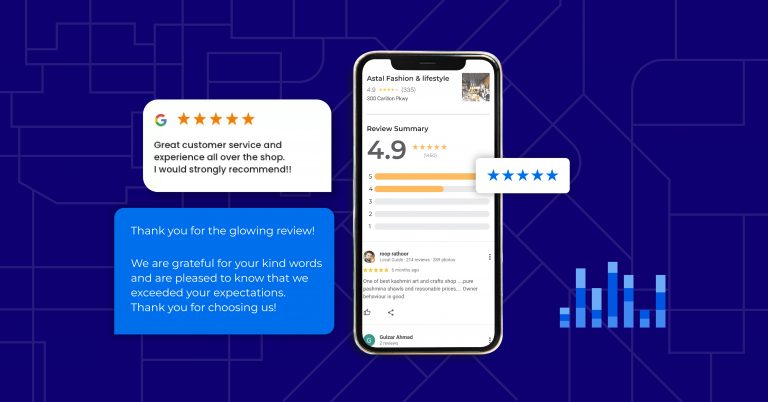Today’s consumers are inundated with information about spotting and avoiding online scams, which has made them hyper-aware of authenticity. They want reassurance that the brand or store they interact with is genuine and has a solid reputation.
This presents a unique challenge and opportunity for multi-location businesses. Consumers are going to double-check your store’s genuineness every time they stumble upon multiple stores; but at the same time, consistent Google My Location listings can give them the confidence shift to go for your brand.
What we are talking about is basically engagement and uniform brand identity. You can inspire confidence in consumers only if you are prominently visible on platforms they are engaging with.
Google search is often the first thing consumers interact with when looking for a product, and every step in the user flow adds to your bounce rates. If you can present your brand and products directly on the search results page, you will get an advantage over competitors using other platforms.
Google My Business listings and posts provide the perfect solution to these visibility and engagement challenges. Slow redirects cannot hurt your bounce rates if you are not redirecting users in the first place!

Here are some best practices for using Google My Business for local businesses expanding to multiple locations. These are primarily aimed at helping you maintain a consistent brand identity while also catering to local SEO for multiple locations.
When it comes to multi-location SEO, each location needs its unique Google My Business (GMB) listing. This is crucial for local search optimization. Ensure that each listing contains:
By optimizing each listing, you increase the chances of appearing in local search results, which is vital for attracting consumers to each specific location. You can use product offerings like SingleInterface to efficiently manage and automate these processes. More about that in the next paragraph!
Managing multiple GMB listings can be challenging, especially for franchises or businesses with numerous branches. To streamline this process, local businesses can:
Consistency is key when it comes to multi-location SEO and brand management. Local business owners should ensure that:
This consistency helps build consumer trust and reinforces your brand identity across different geographical areas.
GMB posts are an excellent way to engage with local consumers and promote location-specific offers. Multi-location businesses can:
Reviews play a crucial role in local SEO, consumer decision-making, and online reputation.
GMB insights provide valuable data about how consumers interact with your listings. Local businesses with multiple stores can use this to:
For effective management of multiple locations, you should consider the following strategies:

As your local business expands, you will naturally look at the possibility of opening multiple stores. One common challenge that local business owners face while expanding is maintaining a consistent brand identity across locations. In fact, at this stage you are actively creating your brand identity rather than simply maintaining it.
Google My Business listings offer several benefits for multi-location businesses and franchises. The chief among them is visibility — the GMB profile is the first point of contact for most consumers. This is why it is critical to manage GMB listings for all your locations meticulously.
Consistent Google My Business listings build a strong brand identity while helping you convert consumers. It allows you to attain the sweet spot between having the brand backing of a large brand and the personalized experience of a local business.
However, multi-location brands often face difficulties in managing large amounts of digital data, including but not limited to their online business listings. The resources and bandwitdth this takes is generally better spent elsewhere in a growing business.
Handing over these digital last mile processes like presence management, local visibility, and consumer engagement to specialized platforms like SingleInterface can help you grow your business through optimal resource allocation.